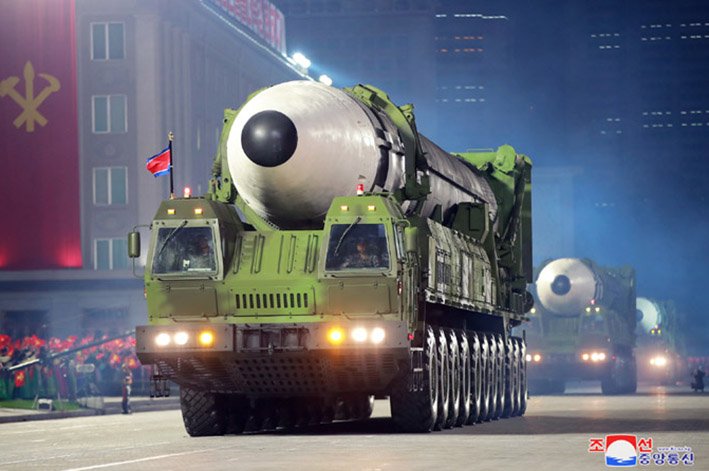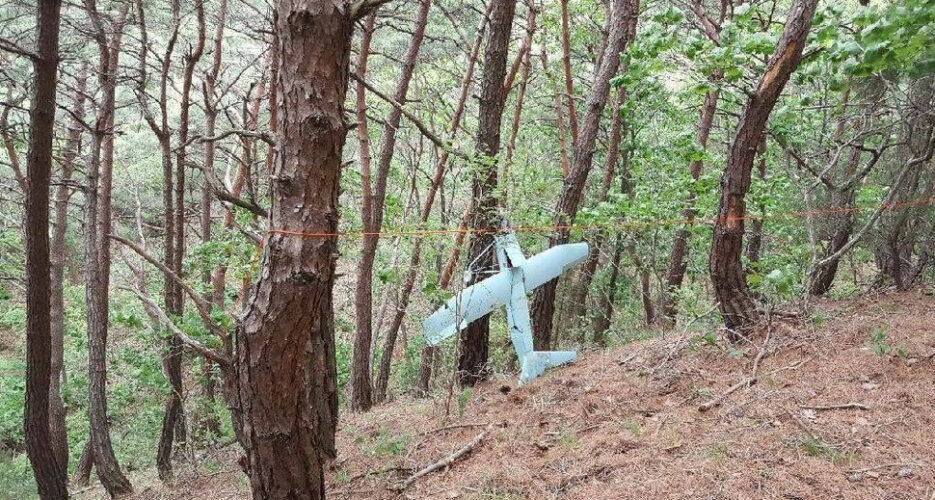North Korea claims to have tested Pukguksong-3 in waters off Wonsan, Gangwon Province, on Oct. 2, 2019. (KCNA-Yonhap)
By Choi Si-young
Published : Sept 14, 2020 - 17:51 Updated : Sept 14, 2020 - 17:51
South Korea’s nominee for defense minister, Gen. Suh Wook said Monday that North Korea is unlikely to test a submarine-launched ballistic missile around Oct. 10, given the short preparation time between now and then, when it celebrates the anniversary of the foundation of its ruling party.
“No activity involving an imminent SLBM launch is seen,” the sitting Army chief said in a written answer submitted to the parliamentary defense committee set to open a hearing Wednesday to look into Suh, who has been appointed as the new defense chief.
When asked about reports that discussed a potential SLBM launch, Suh attributed the activity in question to Pyongyang’s flood recovery effort. The North has recently seen facilities flooded nationwide by typhoons.
The Center for Strategic and International Studies said Wednesday that satellite images suggested Pyongyang may be preparing to launch a SLBM at its Sinpo South Shipyard along the east coast, though the US think tank described the evidence as inconclusive.
The North has yet to make the SLBM combat-ready. And it continues to beef up submarine capabilities, though it was hard to ascertain whether the North was able to muster technologies to come up with an advanced submarine, Suh said.
Suh added he was expecting neither a ballistic missile launch nor a nuclear test from Pyongyang in the near future.
Meanwhile, the defense chief nominee expounded on what he described as two-sided approaches in engaging the North.
“North Korea is a military threat, and at the same time, an entity with which to seek exchanges for peace and unification,” Suh said.
Suh was however a bit cautious as to whether he would reclassify the North as the “main enemy” in the biannually published white paper. The ministry reportedly took out that expression in the latest paper in 2018, when inter-Korean relations seemed rosy amid a flurry of summits.
“We’re in the middle of drafting one for 2020. We’ll look into it,” Suh said.
By Choi Si-young ([email protected])

NK unlikely to test submarine missile to mark anniversary: defense minister nominee
South Korea’s nominee for defense minister, Gen. Suh Wook said Monday that North Korea is unlikely to test a submarine-launched ballistic missile arou













